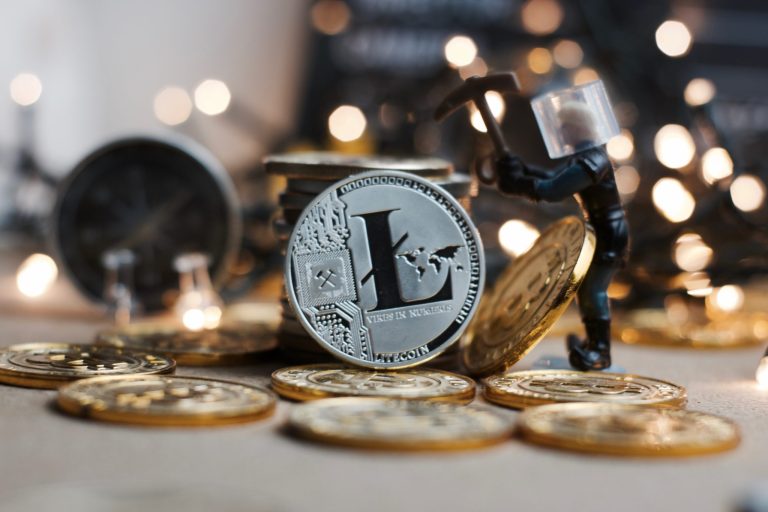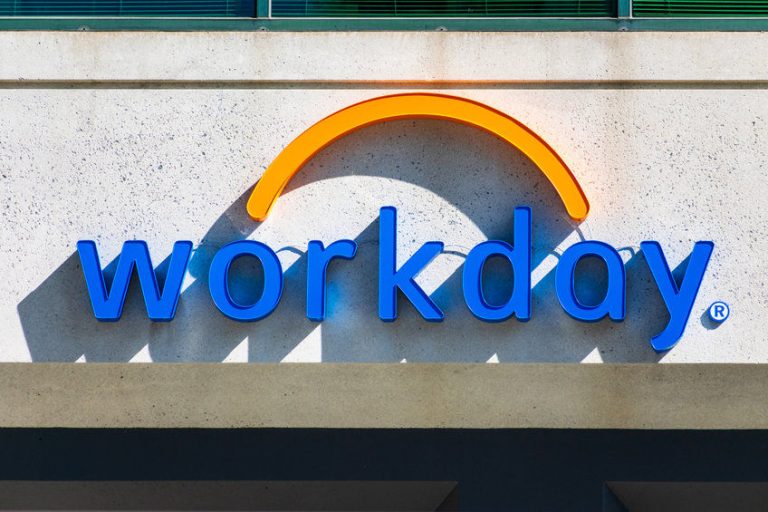A new survey by Empower has set a high bar for financial success in the US, revealing that an annual income of $233,000 and a net worth of $5.3 million are now considered benchmarks for achieving economic prosperity.
However, according to the Social Security Administration, these figures are out of reach for most Americans, with the typical salary in 2023 hovering around $67,000.
This stark disparity highlights the growing gap between financial aspirations and reality, especially in a year marked by economic instability, inflation, and shifting priorities.
Despite these lofty expectations, fewer than 40% of those surveyed considered themselves financially successful, and nearly half expressed doubts about reaching their ideal financial goals.
Key barriers to success, including economic instability (cited by 35% of respondents) and inconsistent income streams (30%), underscore the challenges many Americans face in balancing everyday expenses with long-term financial ambitions.
For instance, the average 401(k) balance at Fidelity Investments stood at just $127,100, far below the multimillion-dollar net worth respondents associate with success.
The high cost of homeownership is also a significant factor preventing many from achieving financial success.
With rising interest rates and sky-high property prices, many Americans find it increasingly difficult to enter the housing market, exacerbating financial inequality and making the idea of financial success seem unattainable.
Interestingly, the survey also revealed that financial success isn’t entirely tied to specific monetary thresholds.
Forty-three percent of participants said they don’t associate success with a fixed financial figure, and nearly 60% valued happiness as their primary measure of success.
For these individuals, happiness is defined as the ability to spend on things and experiences that bring joy.
Other essential components of success included physical well-being and free time, with over a third of respondents emphasizing their importance.
Generational differences also played a role in defining financial success.
Younger Americans were more likely to focus on free time and personal fulfillment, while older generations placed greater importance on wealth accumulation and financial stability.
This generational divide reflects a broader shift in attitudes toward work-life balance and financial planning, especially in the wake of the pandemic.
With rising inflation, interest rates, and job market uncertainty, many Americans feel increasing financial anxiety.
Nearly half of those surveyed expressed doubts that they would achieve their financial milestones, underscoring the need for policy reforms aimed at improving wage growth, affordability, and access to financial resources.
The survey, which included 2,203 respondents across the US, paints a complex picture of financial success—one that blends traditional monetary goals with non-financial aspirations like health, happiness, and leisure.
The post Survey reveals $270K salary seen as key to financial success in the US, but many fall short appeared first on Invezz










